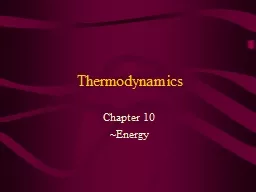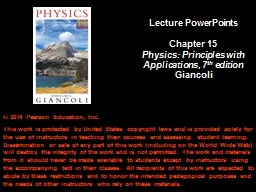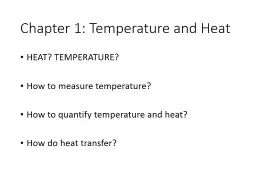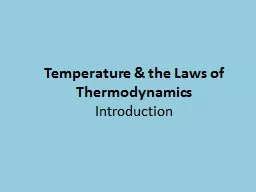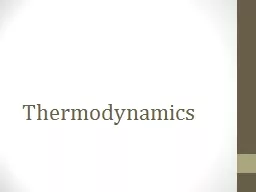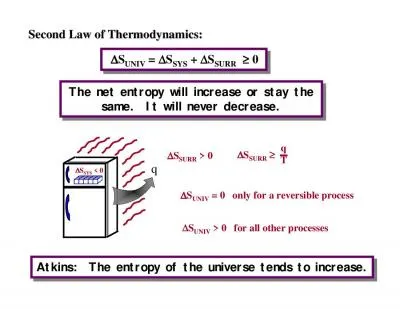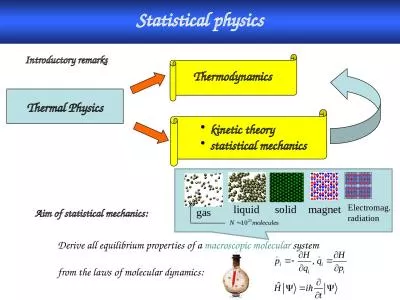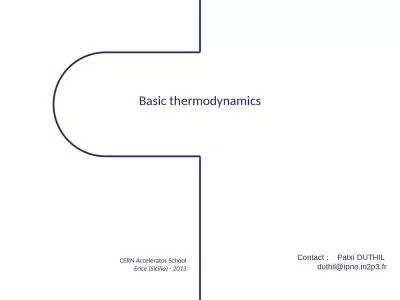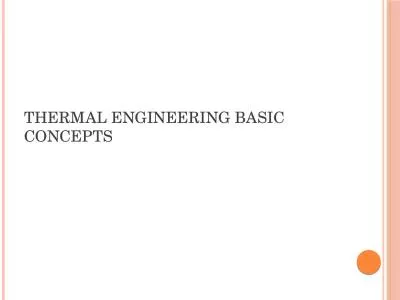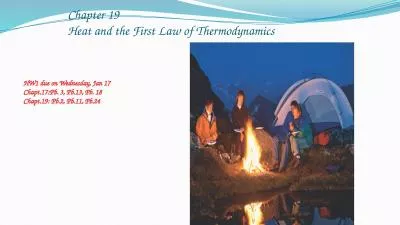PPT-Temperature, Heat, and the First Law of Thermodynamics
Author : calandra-battersby | Published Date : 2019-03-14
Chapter 18 Copyright 2014 John Wiley amp Sons Inc All rights reserved 18 1 Temperature 1801 Identify the lowest temperature as 0 on the Kelvin scale absolute
Presentation Embed Code
Download Presentation
Download Presentation The PPT/PDF document "Temperature, Heat, and the First Law of ..." is the property of its rightful owner. Permission is granted to download and print the materials on this website for personal, non-commercial use only, and to display it on your personal computer provided you do not modify the materials and that you retain all copyright notices contained in the materials. By downloading content from our website, you accept the terms of this agreement.
Temperature, Heat, and the First Law of Thermodynamics: Transcript
Download Rules Of Document
"Temperature, Heat, and the First Law of Thermodynamics"The content belongs to its owner. You may download and print it for personal use, without modification, and keep all copyright notices. By downloading, you agree to these terms.
Related Documents

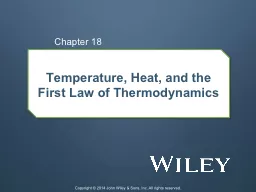
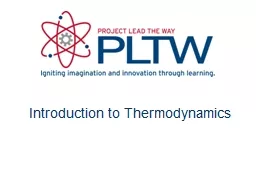
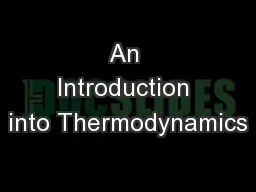
![1 L 19 - Thermodynamics [4]](https://thumbs.docslides.com/641790/1-l-19-thermodynamics-4.jpg)
